Taryn Simon on the art of mourning and how social media is shaping grief

Having gathered professional mourners from around the world to perform their laments in New York in 2016, artist and erstwhile Wallpaper* Guest Editor Taryn Simon is now bringing her groundbreaking artwork to London, opening this evening. We caught up with Simon in midst of rehearsals to talk about grief, performance and ephemerality.
Unlike Simon’s previous works, An Occupation of Loss has a live element at its core. ‘I’d been exploring professional mourners in A Living Man Declared Dead and Other Chapters, and was looking into it being one of the chapters,’ she recalls. ‘I realised that the medium that would best meet the subject matter was not photographic, nor was it textual. Lament occupies this space that is not music and not speech. And it’s both spontaneous and scripted, in a way that is difficult to translate. So it almost in and of itself insisted of being performance.’
The installation assembles 21 mourners from around the world, who respond to many forms of grief in their performance. Some mourn the passing of an individual and help carry their soul to the afterworld, some bemoan the loss of love, while others express their grief in the face of war and displacement, exile and fatalities it entails. Many of the laments can trace their roots to pre-Christian and pre-Islamic traditions, though Simon is not so much interested in ethnographic study than she is in their contemporary reverberations. Like the cultures from which these traditions came, modern-day London (and New York) lacks a prevalent, organised religion.
In its absence, says Simon, organisation becomes communal, national, or media-driven. ‘You can even see the influence of Twitter and these sort of social feeds shaping and directing grief and how we organise, manage, define and represent it.’ What a grief-ridden tweet and a centuries-old lament have in common is that they are public demonstrations of emotion, which actually have ‘quite a lot of authority and power, and can pose a threat to structures that organise populations’.
Simon is also quick to point out that the performance of laments is not a vestige of times past. A Yezidi lament in An Occupation of Loss responds to recent mass killings in Sinjar, Iraq, while Ecuadorean ones are played on national radio and used in very public stages beyond funerals. A Chinese mourner within the installation even uses contemporary sound technology, including a microphone, synth, amp and mixing board.
An Occupation of Loss takes place in subterranean space in Islington Green, which took four years to find, and will open to the public for the first time on the evening of 17 April. While architectural photography is under tight embargo until the first performance is done, Simon has revealed that the venue will be a concrete dodecagon with multiple tiers. ‘Michael Morris [the co-director of Artangel, who collaborated with Simon on the work] calls it a folly, because it’s built in such an impossible way that it can never be anything.’ Still, she was drawn to its special sonic properties. ‘Sound travels up and down and bounces in unusual ways which are hard to decipher. A certain spot will be completely deadened, while another will echo in broad ways.’
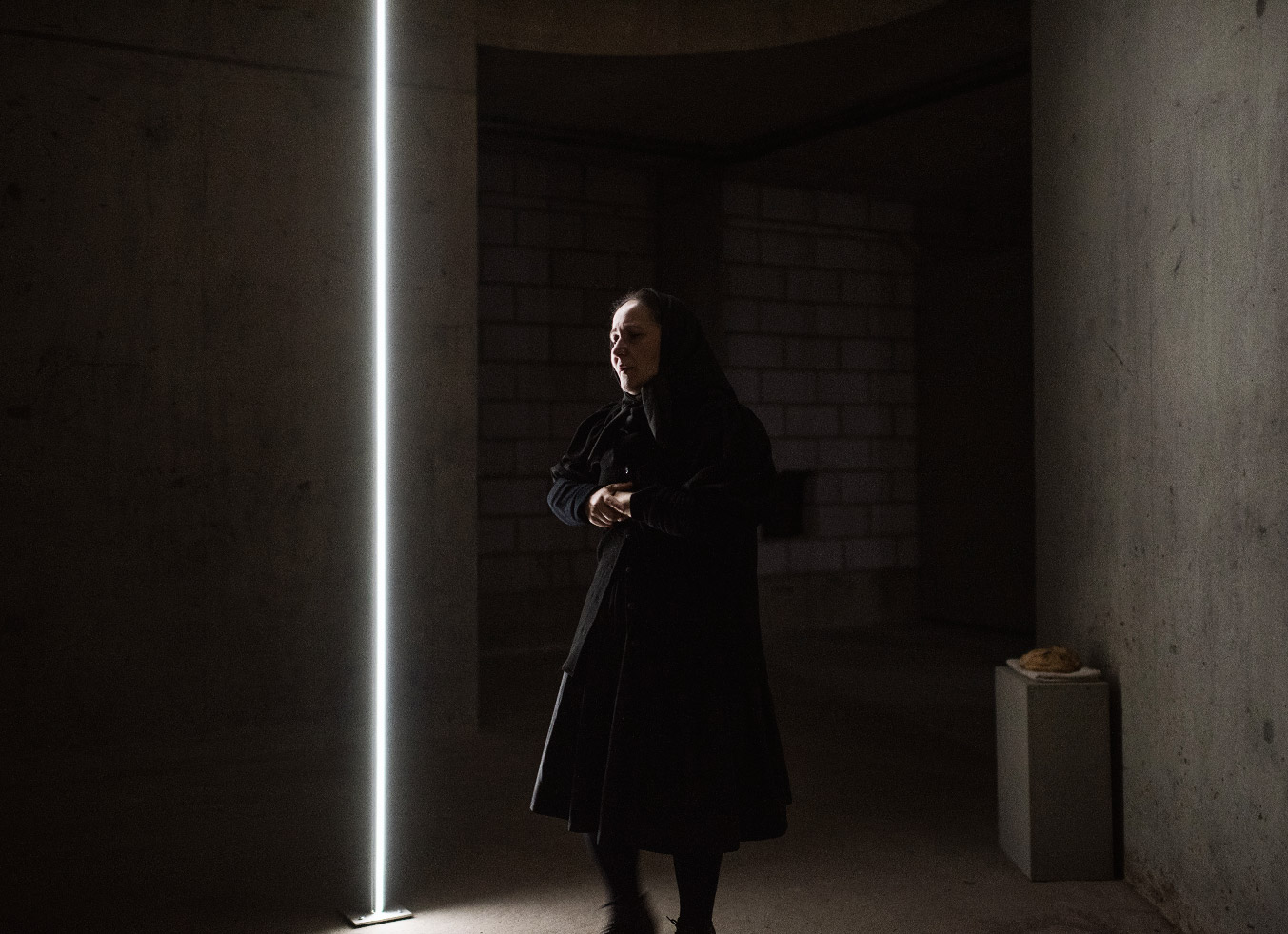
Zamfira Ludovica Muresan performing at An Occupation of Loss, London, 2018, by Taryn Simon.
The centre of the dodecagon has been left empty, so ‘the object of mourning isn’t present or defined’, and the viewer can bring to it whatever they wish. Meanwhile, the mourners will occupy a series of architectural interventions which Simon refers to as hexagons, though they will be missing some sides. Like the towers that the artist brought to the Park Avenue Armory (designed in collaboration with OMA), the hexagons will have a pipe-like sonic quality, though they encourage more interaction between viewer and mourner, and the bleed of sound is more extreme. Says Simon, ‘it feels like a further unfolding, disorientation and complication of the instrument.’ The resulting cacophony, she believes, will mirror the many ways in which we engage with loss in the contemporary world.
This being a Taryn Simon piece, there is of course an element of meticulous documentation as well. At the exit to installation, viewers are handed a booklet that describes the painstaking process of bringing each performer to London – visa applications to the home office, testimonials from anthropologists to support entry, biometric appointments and the like. ‘Artworks often end up on a single wall, or in storage. Books are much more democratic,’ she quips. The booklet allows An Occupation of Loss to live on after the last viewer has departed, a counterpoint to the ephemeral nature of performance-based art. On this note, Simon admits to struggling with putting so much into a certain thing, and then having it vanish. ‘It feels like insanity sometimes. But I am very much addicted to performance now. I love it.’
INFORMATION
An Occupation of Loss is on view 17-28 April. Entrance on Essex Road at the corner of Islington Green, London. Tickets are available here. For more information, visit the Artangel website
Wallpaper* Newsletter
Receive our daily digest of inspiration, escapism and design stories from around the world direct to your inbox.
TF Chan is a former editor of Wallpaper* (2020-23), where he was responsible for the monthly print magazine, planning, commissioning, editing and writing long-lead content across all pillars. He also played a leading role in multi-channel editorial franchises, such as Wallpaper’s annual Design Awards, Guest Editor takeovers and Next Generation series. He aims to create world-class, visually-driven content while championing diversity, international representation and social impact. TF joined Wallpaper* as an intern in January 2013, and served as its commissioning editor from 2017-20, winning a 30 under 30 New Talent Award from the Professional Publishers’ Association. Born and raised in Hong Kong, he holds an undergraduate degree in history from Princeton University.
-
 Australian bathhouse ‘About Time’ bridges softness and brutalism
Australian bathhouse ‘About Time’ bridges softness and brutalism‘About Time’, an Australian bathhouse designed by Goss Studio, balances brutalist architecture and the softness of natural patina in a Japanese-inspired wellness hub
By Ellie Stathaki
-
 Marylebone restaurant Nina turns up the volume on Italian dining
Marylebone restaurant Nina turns up the volume on Italian diningAt Nina, don’t expect a view of the Amalfi Coast. Do expect pasta, leopard print and industrial chic
By Sofia de la Cruz
-
 Tour the wonderful homes of ‘Casa Mexicana’, an ode to residential architecture in Mexico
Tour the wonderful homes of ‘Casa Mexicana’, an ode to residential architecture in Mexico‘Casa Mexicana’ is a new book celebrating the country’s residential architecture, highlighting its influence across the world
By Ellie Stathaki
-
 The art of the textile label: how British mill-made cloth sold itself to Indian buyers
The art of the textile label: how British mill-made cloth sold itself to Indian buyersAn exhibition of Indo-British textile labels at the Museum of Art & Photography (MAP) in Bengaluru is a journey through colonial desire and the design of mass persuasion
By Aastha D
-
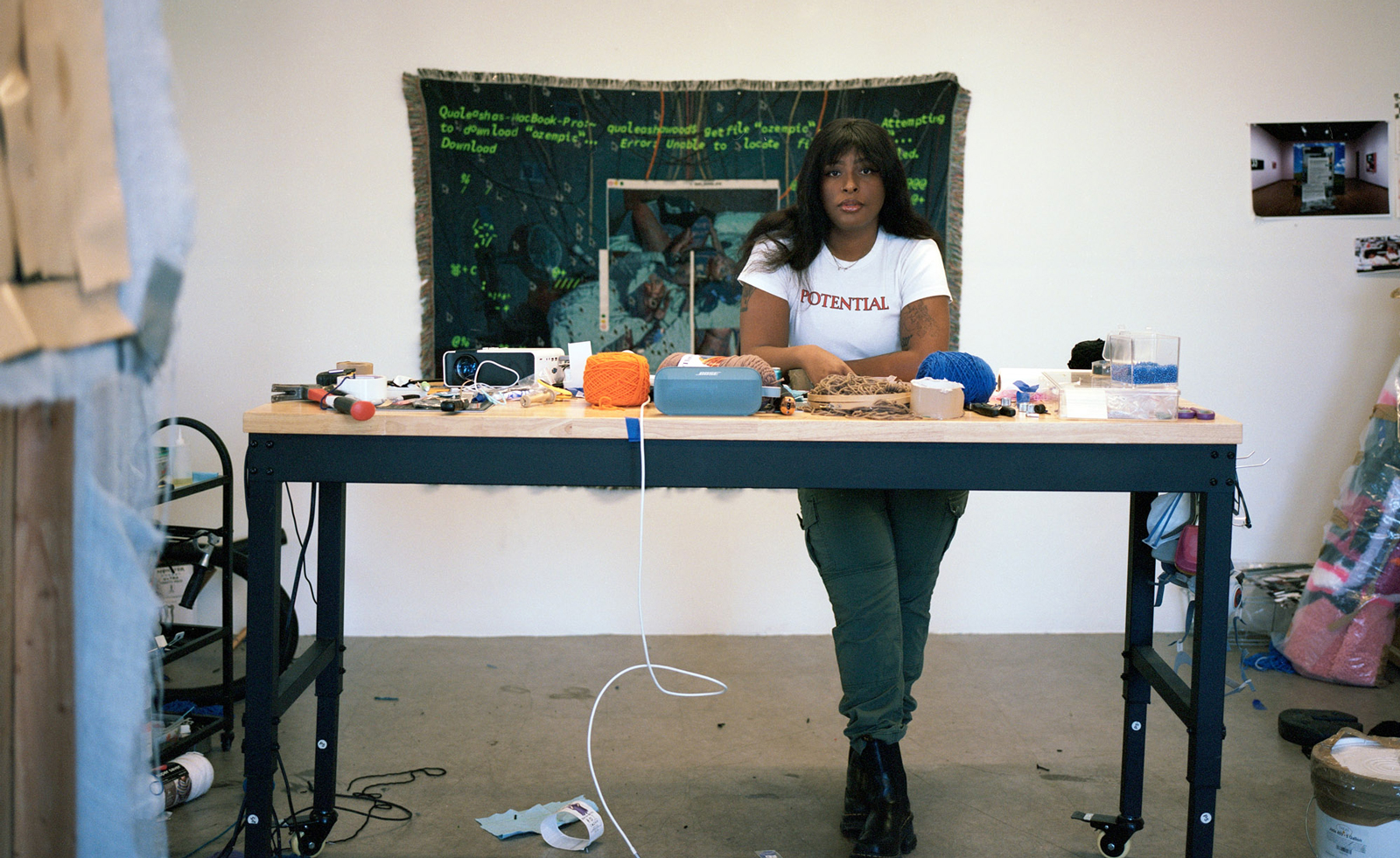 Artist Qualeasha Wood explores the digital glitch to weave stories of the Black female experience
Artist Qualeasha Wood explores the digital glitch to weave stories of the Black female experienceIn ‘Malware’, her new London exhibition at Pippy Houldsworth Gallery, the American artist’s tapestries, tuftings and videos delve into the world of internet malfunction
By Hannah Silver
-
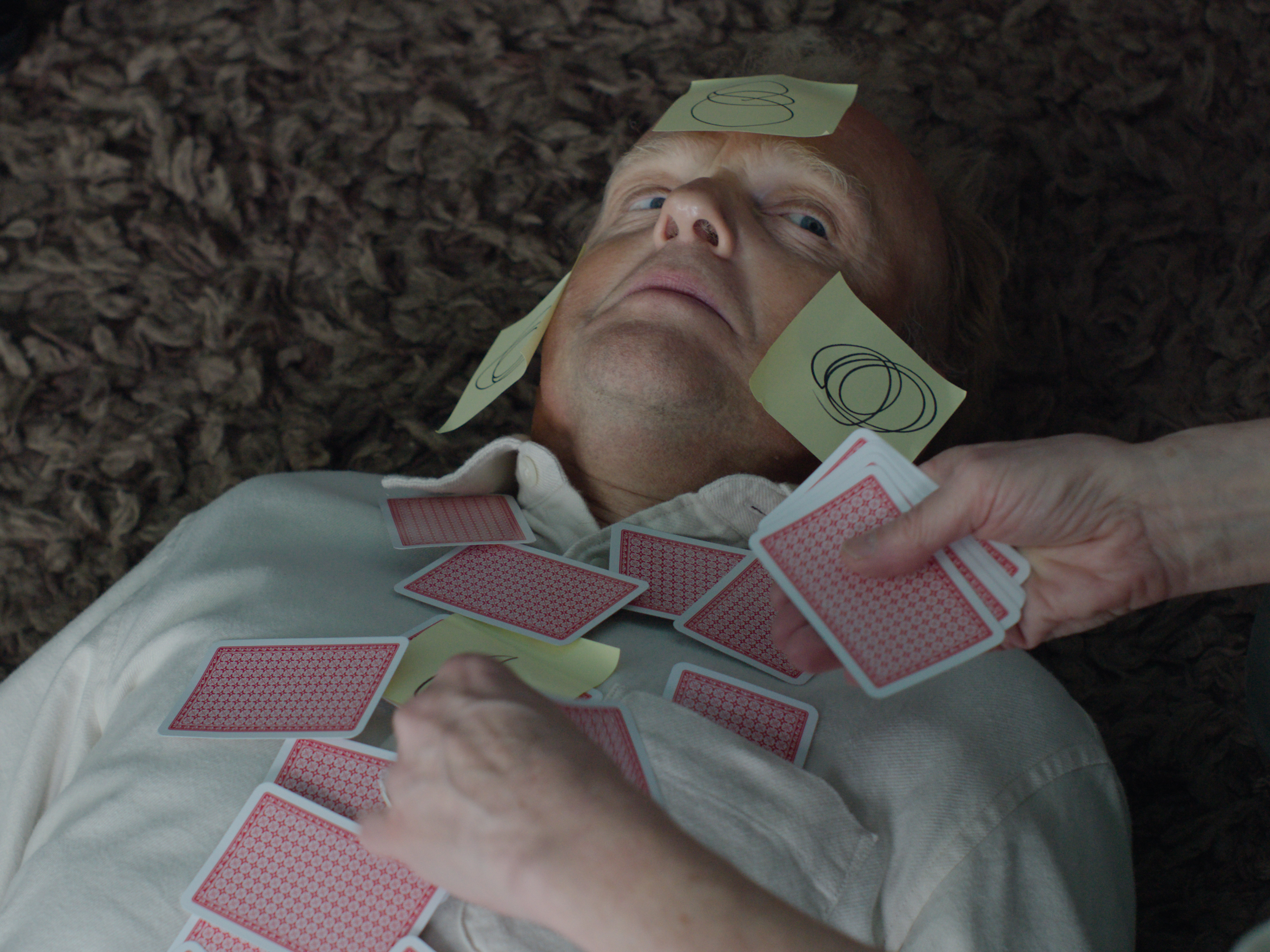 Ed Atkins confronts death at Tate Britain
Ed Atkins confronts death at Tate BritainIn his new London exhibition, the artist prods at the limits of existence through digital and physical works, including a film starring Toby Jones
By Emily Steer
-
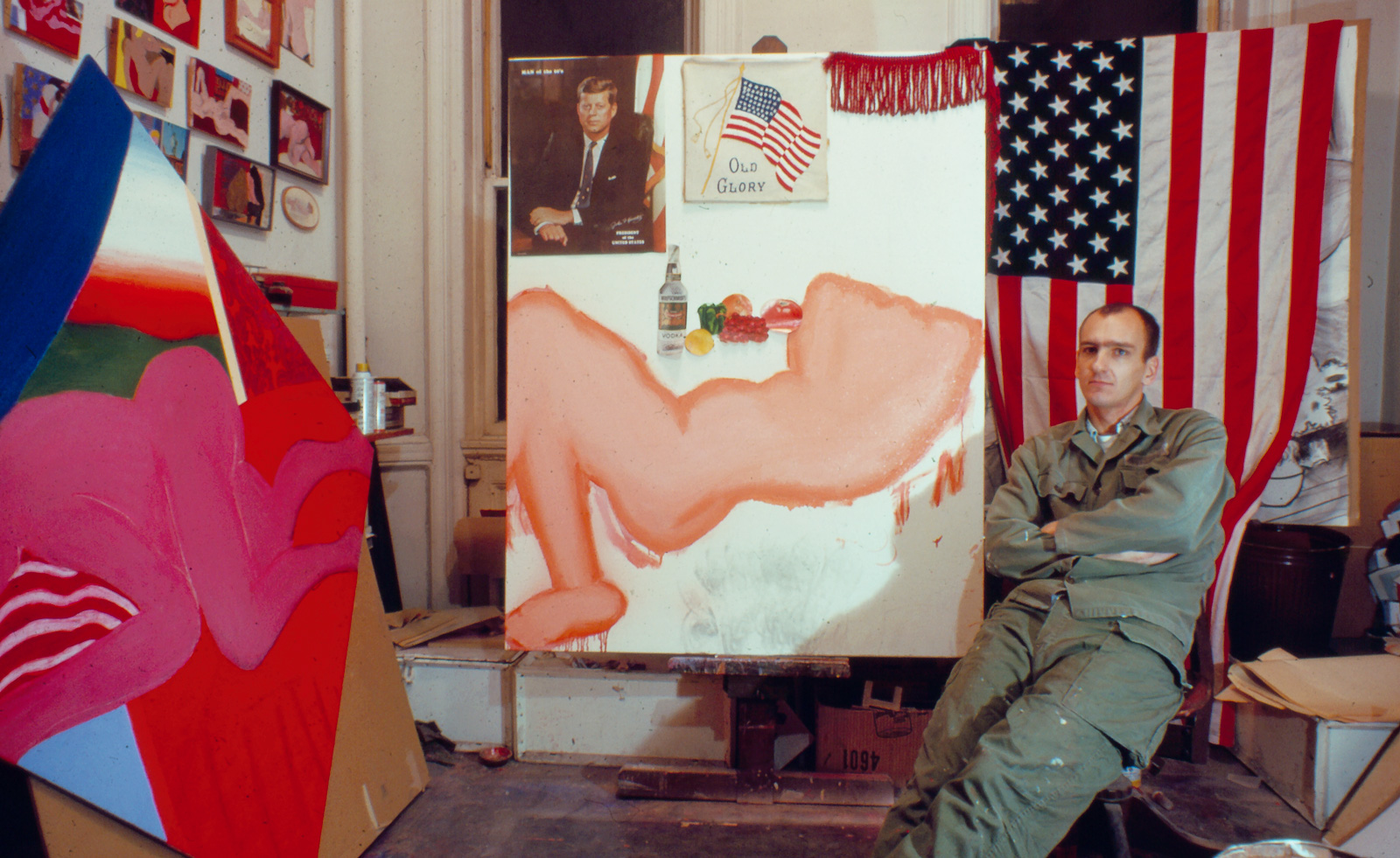 Tom Wesselmann’s 'Up Close' and the anatomy of desire
Tom Wesselmann’s 'Up Close' and the anatomy of desireIn a new exhibition currently on show at Almine Rech in London, Tom Wesselmann challenges the limits of figurative painting
By Sam Moore
-
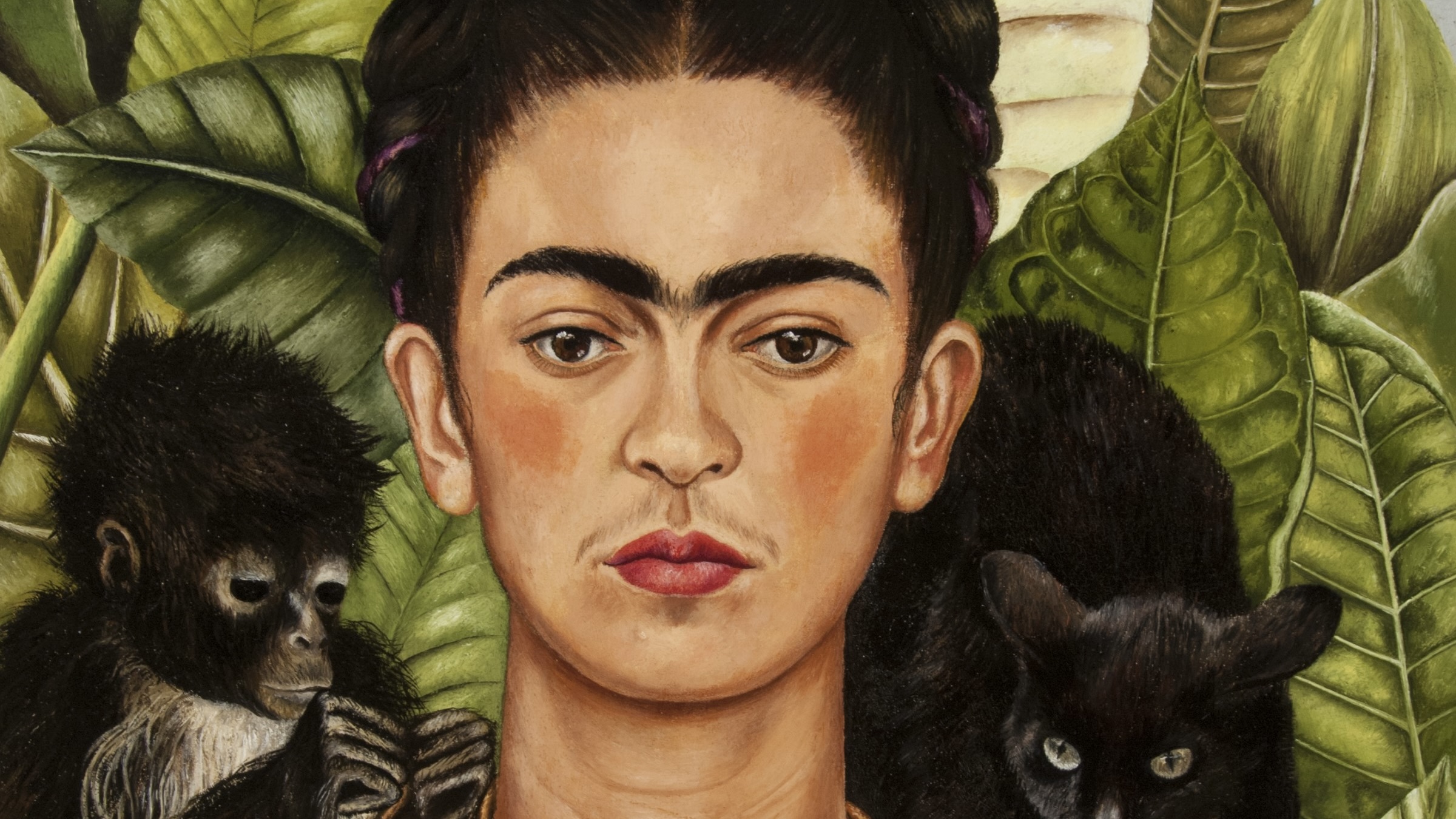 A major Frida Kahlo exhibition is coming to the Tate Modern next year
A major Frida Kahlo exhibition is coming to the Tate Modern next yearTate’s 2026 programme includes 'Frida: The Making of an Icon', which will trace the professional and personal life of countercultural figurehead Frida Kahlo
By Anna Solomon
-
 A portrait of the artist: Sotheby’s puts Grayson Perry in the spotlight
A portrait of the artist: Sotheby’s puts Grayson Perry in the spotlightFor more than a decade, photographer Richard Ansett has made Grayson Perry his muse. Now Sotheby’s is staging a selling exhibition of their work
By Hannah Silver
-
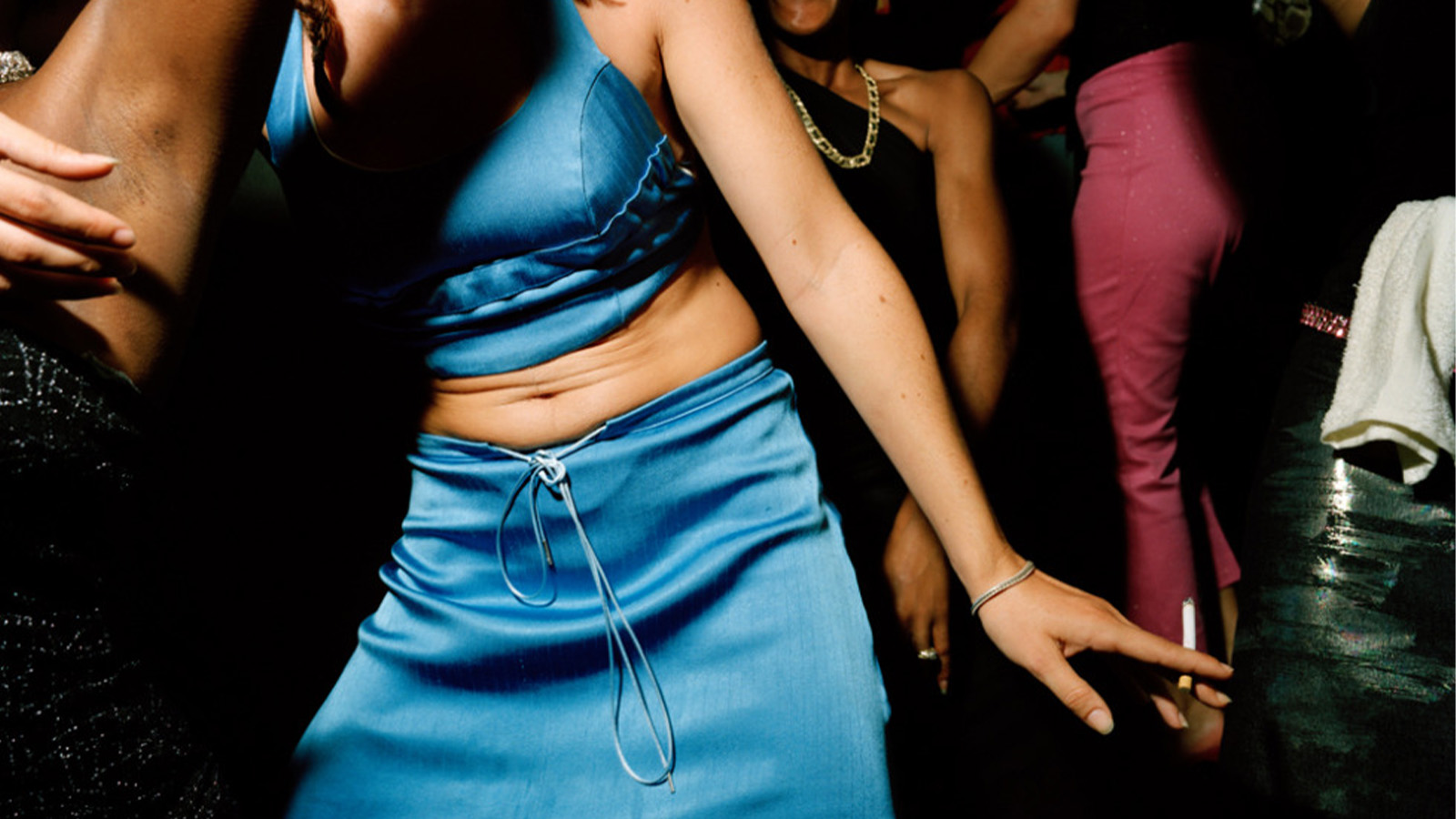 From counter-culture to Northern Soul, these photos chart an intimate history of working-class Britain
From counter-culture to Northern Soul, these photos chart an intimate history of working-class Britain‘After the End of History: British Working Class Photography 1989 – 2024’ is at Edinburgh gallery Stills
By Tianna Williams
-
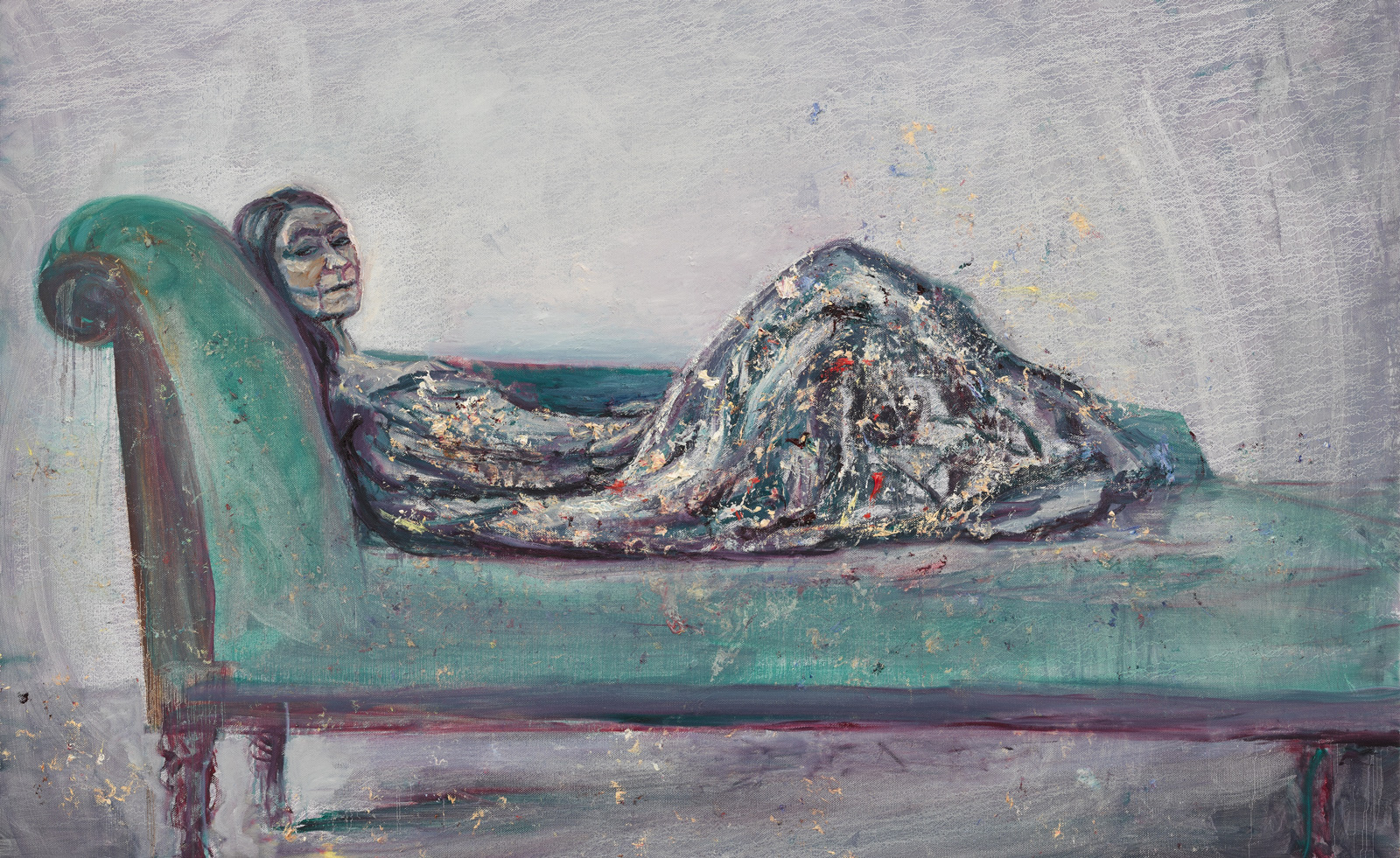 Celia Paul's colony of ghostly apparitions haunts Victoria Miro
Celia Paul's colony of ghostly apparitions haunts Victoria MiroEerie and elegiac new London exhibition ‘Celia Paul: Colony of Ghosts’ is on show at Victoria Miro until 17 April
By Hannah Hutchings-Georgiou